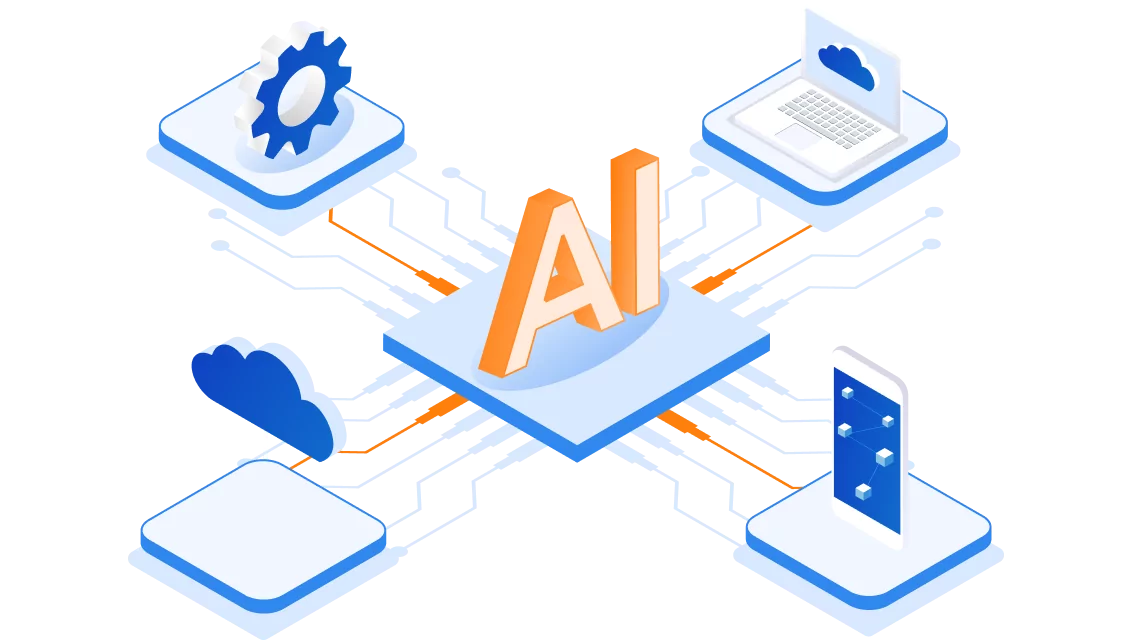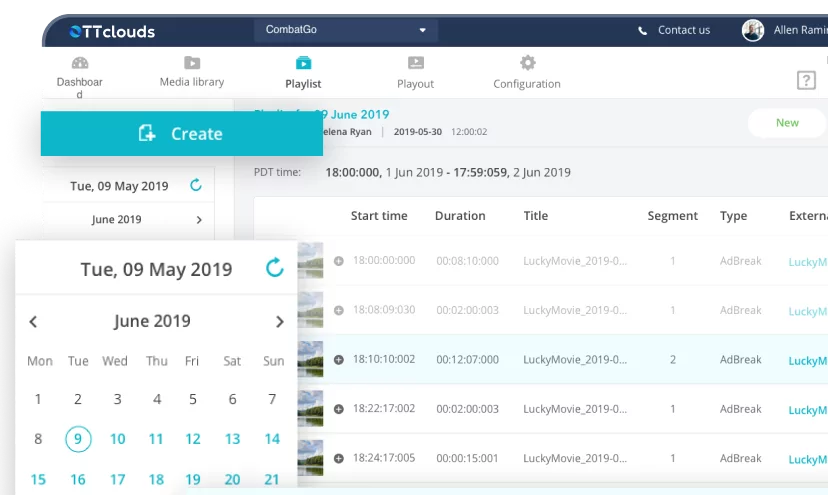Choosing A Good Backend For React Native Apps
09/11/2024
675
Table of Contents
As a business owner looking to develop a React Native app, it’s natural to focus on the front end-the design, layout, and user experience. However, there’s another critical part: the backend. The backend powers the app’s functionality. It processes, stores, and delivers data behind the scenes. Think of it as the “engine” of your app. Therefore, choosing a good backend for React Native apps is no less important to foster your app performance.

While the front end decides how the app looks, the backend controls what it can do. If you want dynamic features—like user accounts, order processing, or real-time updates—the backend is essential. Understanding the backend basics helps you make better development decisions. It influences costs, timelines, security, performance, and scalability.
Do you need a backend for thousands or millions of users? Should the app integrate with your existing CRM or ERP systems? How will the app securely store customer data and meet privacy laws? All these questions depend on the backend.
This guide explains the backend essentials from a business owner’s perspective. With this knowledge, you’ll make informed decisions about your app’s backend. Whether choosing a simple Backend-as-a-Service (BaaS) or a custom-built solution, understanding these points will help you pick the right approach.
How To Choose A Suitable Backend for React Native Apps
A good backend option depends greatly on the purpose of your React Native Apps. However, there are some key things to keep in mind.
Choosing Between a Custom Backend or Backend-as-a-Service (BaaS)
First of all, there are two main paths: a custom-built backend or using a Backend-as-a-Service (BaaS) like Firebase, AWS Amplify, or Supabase.
A Custom Backend will allow more control and customization. You can build every feature to meet your exact needs, making it easy to handle unique workflows, custom data models, or complex business logic. However, it takes more time and resources to set up and maintain.
In addition, a custom backend offers cost efficiency over time. Although upfront development costs are higher, a custom backend can reduce long-term costs by eliminating the need for ongoing subscription fees or third-party limitations.
While a custom backed requires initial financial investment, Backend-as-a-Service (BaaS) can provide instant outcomes for business in early stage. It is faster and easier to set up, with out-of-the-box solutions for common needs (like user management and notifications). A lot of existing BaaS is designed to handle spikes in traffic automatically, so your app can grow without worrying about server capacity. Additionally, BaaS platforms typically offer strong security features and follow industry standards, which is beneficial for apps handling user data. Since the BaaS provider handles backend infrastructure, your team can focus on building and enhancing the app’s front end. BaaS is also ideal for prototypes or MVPs, where you need fast deployment without the commitment to a custom solution. However, customization might be limited, and costs can add up if the app scales quickly. It cannot be denied that BaaS gains its popularity due to many advantages.
Which one is more popular?
The choice between a custom backend and BaaS depends on the type of project, its complexity, and long-term goals. BaaS is more popular among startups, small businesses, or projects focused on getting to market quickly. Custom backends are more popular with enterprises, businesses with complex requirements, and apps with high customization needs. They’re common in industries where data control, security, and integration flexibility are paramount, such as finance, healthcare, and e-commerce.
Some Common Backend Choices for React Native Apps
Here are some common backend choices for React Native apps.
Node.js with Express
Why: Node.js is popular for mobile backends due to its non-blocking, event-driven architecture, which is great for handling multiple requests. Paired with Express, a flexible framework, it allows easy setup of RESTful APIs.
Good for: Apps needing real-time data, like chat or collaborative tools.
Firebase
Why: Firebase, a Backend-as-a-Service (BaaS) by Google, provides pre-built features like authentication, real-time database, cloud storage, and analytics without needing custom server infrastructure.
Good for: Quick prototypes, simple apps, or apps that need real-time data synchronization.
AWS Amplify
Why: AWS Amplify provides a BaaS-like approach, with cloud storage, authentication, APIs, and even machine learning integration, all managed by AWS services.
Good for: Apps needing scalable infrastructure with support for advanced AWS services.
GraphQL with Apollo Server
Why: Unlike REST, GraphQL allows clients to request only the data they need, making it efficient and flexible for mobile apps. Apollo Server makes it easy to build a GraphQL API.
Good for: Apps needing highly customized data queries, minimizing over-fetching or under-fetching of data.
Strapi (Headless CMS)
Why: Strapi is a customizable, open-source headless CMS that uses Node.js. It provides an easy interface to manage and serve content.
Good for: Apps needing flexible content management, such as e-commerce or blogs.
Each backend choice has its strengths depending on the app’s data needs, real-time requirements, and development speed. React Native apps commonly communicate with these backends via REST APIs or GraphQL, depending on the data structure and interaction required.
Conclusion
In conclusion, the decision comes down to your app’s goals, budget, and the complexity of features you need. BaaS solutions can be a quick, cost-effective option for businesses aiming to launch an MVP or a simple app with limited backend demands. However, for apps that require high customization, seamless integrations, or handle sensitive data, a custom backend offers the control, flexibility, and scalability needed for long-term success.
If you’re ready to discuss your app’s backend needs, book a free consultation with SupremeTech. With extensive experience in building high-performance systems for applications serving millions of users, our team can guide you toward a backend solution designed to meet your unique goals.
Related Blog





















